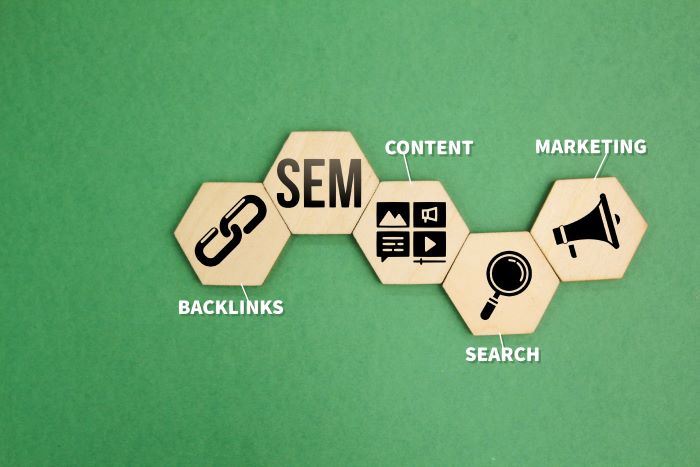SEM Ads: How to Boost Your Online Presence
In the ever-evolving landscape of digital marketing, staying visible to your target audience is paramount. With the vast majority of consumers relying on search engines to discover products and services, Search Engine Marketing (SEM) has emerged as a crucial tool for businesses to enhance their online presence. In this article, we’ll delve into the world of SEM ads, exploring what they are, why they are essential, and how they differ from SEO (Search Engine Optimization).
SEM Ads: What is Search Engine Marketing?
Search Engine Marketing (SEM) is a comprehensive digital marketing strategy that involves leveraging paid advertising to boost your website’s visibility in search engine results pages (SERPs). At its core, SEM encompasses various tactics, but its most common and effective approach is pay-per-click (PPC) advertising, primarily through Google AdWords.
Managing Google AdWords PPC: Why it’s Important
Google AdWords, now known as Google Ads, is the dominant player in the world of SEM. It’s a platform that allows businesses to create and display ads on Google’s search engine and other affiliated websites. Here’s why effective management of Google AdWords PPC campaigns is critical:
Immediate Visibility: Unlike the gradual results of organic SEO efforts, PPC ads provide instant visibility. As soon as you launch a campaign, your ads can appear in the top positions of search results, ensuring that potential customers see your offerings right away.
Precise Targeting: Google Ads offers highly granular targeting options, allowing you to reach your ideal audience based on demographics, location, interests, and even specific keywords. Your marketing budget will be spent efficiently when you use this precision.

PPC gives you complete control over your budget. You set a daily or monthly spending limit, ensuring that you never exceed your allocated marketing budget.
Performance Tracking: Google Ads provides robust analytics tools to measure the performance of your campaigns. You can track click-through rates, conversion rates, and other key metrics to assess the effectiveness of your SEM efforts continually.
Adaptability: SEM campaigns can be adjusted and optimized in real time. If you notice that certain keywords or ads are performing better than others, you can allocate more resources to them, maximizing your ROI.
SEM ads: SEO vs. SEM

Search Engine Optimization (SEO) and SEM are two pillars of online visibility, but they serve different purposes and employ distinct strategies. Let’s break down the differences:
Organic vs. Paid Traffic or SEM ads:
SEO is focused on improving your website’s visibility in organic (non-paid) search results. It involves optimizing your website’s structure, content, and backlinks to rank higher in search engine rankings naturally.
SEM, on the other hand, relies on paid advertising to appear at the top of search results. It involves bidding on keywords and paying a fee each time a user clicks on your ad (PPC).
Timeline of Results:
SEO is a long-term strategy that requires time and consistent effort to see significant results. It can take months to reach the top positions in organic search rankings.
SEM provides immediate results. Once you launch a PPC campaign, your ads can start appearing on the first page of search results within minutes.
Cost Structure:
While SEO requires ongoing efforts, the cost remains relatively stable once your website is optimized. You don’t pay for clicks, making it a cost-effective option over time.
SEM involves a variable cost structure, as you pay for each click on your ads. It can become expensive, especially for highly competitive keywords.
Keyword Research:
SEO relies on extensive keyword research to identify relevant search terms and phrases that users are likely to use. Your website’s content is then strategically integrated with these keywords.
SEM also involves keyword research, but the focus is on bidding for specific keywords to display your ads when users search for them.
SEO primarily affects your website’s placement in the organic search results, appearing beneath any paid ads on the page.
SEM ads are displayed prominently at the top of search results, above organic listings, and marked as “Ad.”
In conclusion, both SEO and SEM play vital roles in boosting your online presence. SEO provides long-term, sustainable growth, while SEM offers immediate visibility and control over ad placement. The key to a successful online strategy often lies in finding the right balance between these two approaches, harnessing their combined power to maximize your online presence and reach your target audience effectively.





